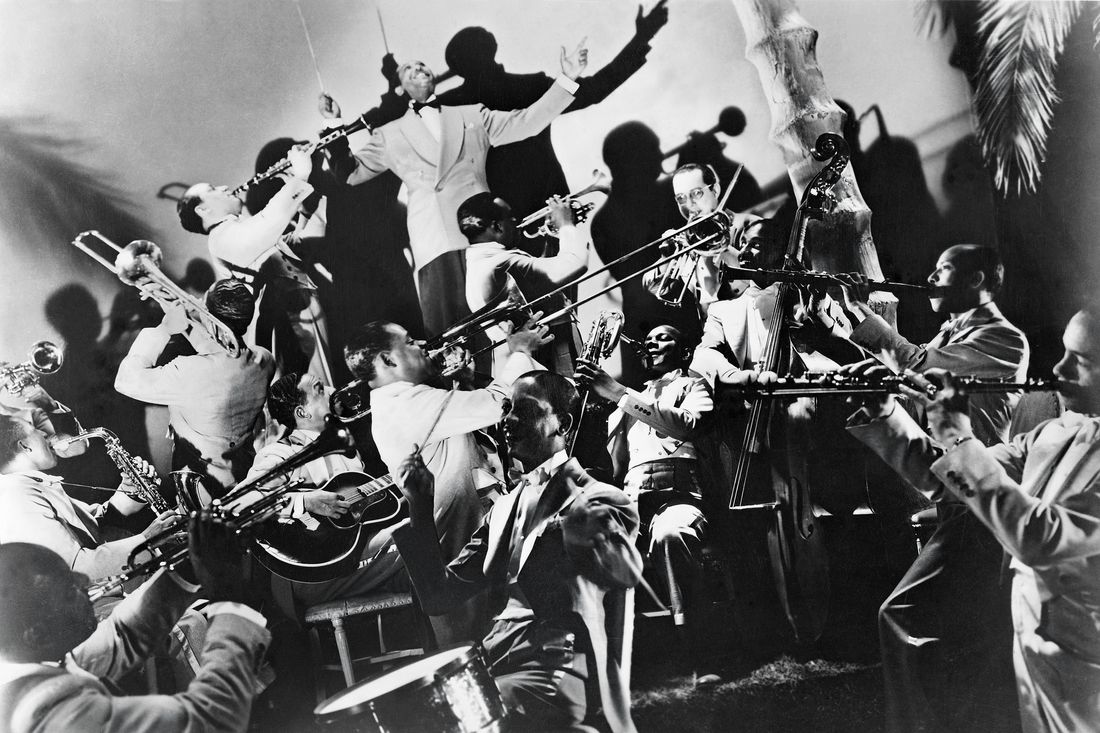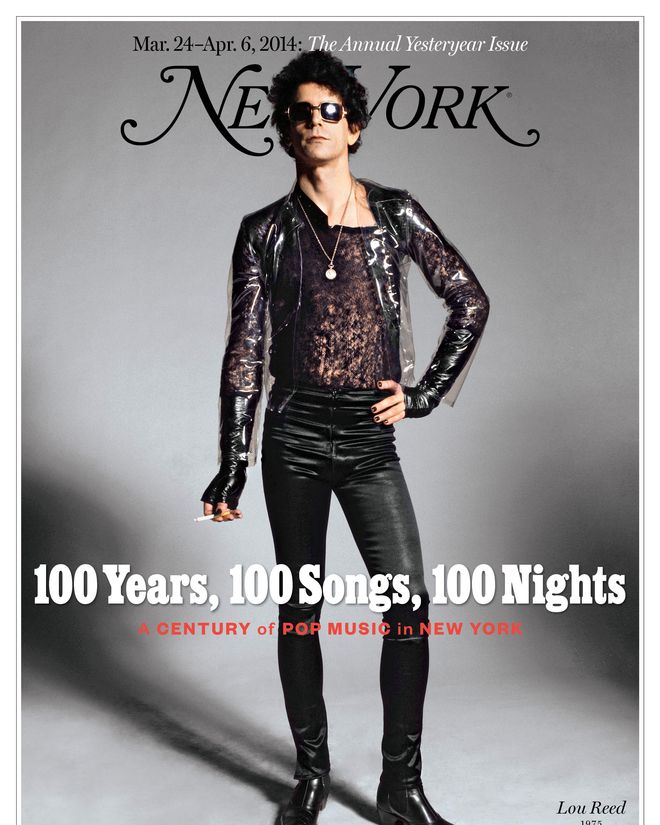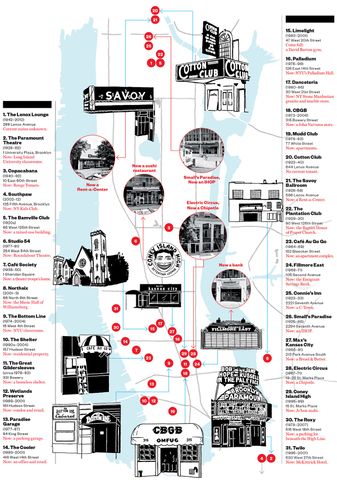
On March 15, 1883, a party was held at McGlory’s Armory Hall, a dance hall on Manhattan’s Lower East Side owned by Billy McGlory, a former Five Points gang member turned flamboyant nightlife impresario. Actually, party is too mild a term for the pageant that unfolded. The New York Times described it more colorfully: “One of the wildest and most shameless revels which has ever disgraced the record of local occurrences.” The so-called Grand Scarlet Ball was thronged, the paper reported, by “2,000 male and female debauchees,” who were treated to an onslaught of sight and sound. There was a beauty contest and a masquerade; there was a showdown between rival drill squads; there were a series of boxing matches featuring both male and female pugilists; there were dance contests. The hall, a sprawling subterranean space beneath Hester Street, was hung with “bunting, streamers, banners, pictures … coats of arms.” The crowd was a motley mix: “all ages, sects, and creeds,” according to the Times, including “young gentlemen who are used to better society” and “young women from the uptown dens of vice.” Police detectives were there, too, but their presence did little to discourage the fun: “Decency was thrown to the winds and a most disorderly carnival was enacted.” The evening’s centerpiece was a lavish dance routine, propelled by cutting-edge music: 50 African-American dancers performing a cakewalk to the syncopated rhythms that would, in a few years time, be christened “ragtime.”
On the Cover
Today, the McGlory’s bacchanal may strike us as exotic and remote, a scene from a distant gaslit world. But it is also eerily familiar. The names have changed over the years, from Armory Hall to the Cotton Club to the Copa to Studio 54 to Danceteria to the Tunnel to 285 Kent. This morning’s Times dispatch might be slightly less breathless. (Substitute “hipster rave” for “shameless revel.”) But as a microcosm of New York City’s pop-music culture, it’s hard to top the Grand Scarlet Ball. It’s all in there: the collision of races and classes; the mix of high and low, of grit and glamour; the uptown slummers rubbing elbows with the downtown demimonde. Above all, there’s the music, which today as in that proto-ragtime moment is endlessly mutating and cross-pollinating, as mongrelized as the city itself. Of course, we can detect another strain beneath the bustling rhythms in Armory Hall: the jostle of art and commerce. In New York City, there is always a Billy McGlory — a vaguely disreputable, enviably savvy mogul, finding a way to turn music into money.
This series explores the sounds, the spectacles, that have made New York the world capital of pop. That’s not to say that New York is the spiritual home of popular music, or even of American music. If any city can make that claim, it’s New Orleans, ground zero of New World musical creolization. And, of course, a search for the wellspring of American pop will lead you out of the town and into the land, to the river deltas and mountain hollers and backcountry churches that gave us blues and country and gospel and our other folk musics.
But New York is the place where folk was transformed into pop, and sent back out into the world to be reclaimed by the folk — for a price. Three years after the Grand Scarlet Ball, in 1886, three teenagers, Isidore, Julius, and Jay Witmark, began publishing songs out of a storefront on West 40th. The founding of M. Witmark and Sons has been pinpointed as the beginning of the modern popular-song business. The Witmarks were innovators. The first song that rolled off their sheet-music presses was a topical one, “President Cleveland’s Wedding March,” composed in a rush by 17-year-old Isidore to capitalize on the nuptials of Grover Cleveland. Commercial pluck came naturally to the Witmark brothers: Their parents were immigrants, but the boys were Manhattan born and bred. Like New Yorkers before and since, they knew how to hustle for a buck.
That street-hawker industriousness characterized not just the Witmarks but New York’s pop business as a whole, which by the 1890s was centered on West 28th Street between Broadway and Sixth Avenue, the clamorous block, lined with song-publishing outfits, nicknamed Tin Pan Alley. For most of the 19th century, the flagship American song firm was Oliver Ditson & Co., in Boston. Ditson & Co. reflected that city’s starchy Yankee values: Boston publishers were Europhile and Victorian, viewing the popular song, ideally, as polite and enriching, preferably with some upscale Viennese light-opera airs about it. Tin Pan Alley had a less high-flown view. The music business was just that, a business; songs were commodities, wares to be flogged like shoes or shower curtains or sugar rolls. Tin Pan Alley’s music was brash, gaudy, up-to-date, and unembarrassed about the taint of the marketplace. In other words, it was New York City music.
Of course, there is no “New York music” — only musics, plural. Consider the range of songs that could reasonably be deemed the quintessential New York anthem: “Sidewalks of New York,” “Give My Regards to Broadway,” “Manhattan,” “Take the ‘A’ Train,” “On Broadway,” “Spanish Harlem,” “Positively 4th Street,” “Across 110th Street,” “Walk on the Wild Side,” “Shattered,” “Theme from New York, New York,” “No Sleep Till Brooklyn,” “Empire State of Mind.” Consider also the sheer number of genres and subgenres, musical cultures and subcultures, that were born, or at least blossomed most spectacularly, in New York: Tin Pan Alley ragtime, Harlem jazz-blues, Broadway song standards, bebop, doo-wop, Brill Building pop, coffeehouse folk, salsa, disco, punk, New Wave, No Wave, hip-hop, bachata-pop — just for starters.
You could call all that music an expression of the city’s cosmopolitanism, of the way New York tosses together black and white, gay and straight, tyros and old-timers, insurgents and traditionalists. Pop music is predicated, after all, on the polyglot vibrancy that defines New York life — the combustive culture clash for which that old term melting pot seems too mild a metaphor.
You could point to clubs and cliques that have incubated New York’s music scenes, to the city’s musical institutions, official and ad hoc; or, on the other hand, you could highlight New York’s disdain for institutions, the freewheeling individualism and improvisation that flourish here in ways unimaginable in more hidebound towns.
Yet on some basic level New York’s musical plenitude defies explanation, mocks the clichés we embrace to make sense of it all. We imagine Brooklyn as a place of cool, hard-nosed music, the borough of Jay Z and Biggie Smalls and Big Daddy Kane, and, today, as the global epicenter of scruffy indie rock. But remember, too, that schmaltz streams through the streets of Kings County: Brooklyn is the ancestral homeland of easy listening, the place that gave the world Barbra Streisand and Barry Manilow and the Neils, Diamond and Sedaka. Other musical cities have their partisans; there are those who will make the case for London or Los Angeles (or Nashville or Memphis or Detroit). But when it comes to wild musical variety, no place touches Gotham.
The richness of New York’s music is inseparable from the literal riches that can be made from it. Popular music has always had a disreputable aura about it and therefore has been open to the socially marginalized, to people whose path to more respectable professions is road-blocked. German and Irish immigrants in the mid-19th century, Jews from the Russian Pale of Settlement who poured into New York at the turn of the 20th, and especially the blacks and Latinos who have played so outsize a role in New York’s musical life — all of these groups embraced music as a way to improve their lots while giving free rein to their muses. A common sight in the old Jewish Lower East Side was that of upright pianos, purchased on installment plans, being hoisted on ropes through the windows of tenement apartments. It’s a vivid metaphor for the promise of upward mobility that music held, and an explanation, perhaps, for the disproportionate Jewish presence on Tin Pan Alley. Songwriter Harry Ruby recalled seeing a piano lifted in this fashion into the childhood home of his Eldridge Street neighbors George and Ira Gershwin.
The lore of New York music is full of such stories, heroic bootstrapping tales that we’d dismiss as Horatio Alger hokum if we didn’t know they were true. There’s Irving Berlin, who graduated from Belarusian shtetl refugee to Lower East Side street urchin to millionaire All-American troubadour. There’s Tito Puente, the child of Spanish Harlem who annoyed his 110th Street neighbors by banging on window frames and saucepans, a racket that foretold his future reign as “El Rey del Timbal.” There’s Carole King, the Brooklyn firefighter’s daughter who became an incomparable bubblegum bard. And of course there’s Jay Z, whose great theme remains his own stratospheric rise from street-corner dope peddler to “a business, man.” These biographies put a musical spin on New York’s rags-to-riches mythology: In this town, a song about the gutter can put you in a penthouse.
That possibility, however remote, has brought the musical world stampeding to the five boroughs. New York has a gruff reputation, but the truth is, no place is more welcoming to carpetbaggers, or quicker to accept a greenhorn’s overnight transformation into imperious belle of the ball. The man born Robert Zimmerman arrived in New York in January 1961, fleeing his Minnesota Iron Range home to follow the trail of another bumpkin turned New Yorker, Woody Guthrie. Within two years he was Bob Dylan, toast of the high-earnest Greenwich Village folk scene; a couple of years after that, he’d ditched his acoustic guitar for a Fender Stratocaster and was glowering behind a pair of shades, sneering “Positively 4th Street,” the most vicious bohemian broadside ever recorded, in New York or anywhere else.
Self-reinvention and masquerade are a way of life in New York, with its live-and-let-live tolerance, its porous social boundaries, and its flair for the theatrical. Not only can rubes rebrand themselves as city slickers: The opposite is an option. Irving Berlin and George Gershwin, those sons of the East Side, both launched their careers with hit odes to the Swanee River, Tin Pan Alley’s favorite focal point of pastoral southern nostalgia — which, of course, bore no resemblance to the real-life Suwannee, the waterway that snakes across the Georgia-Florida border. New York musicians, so used to supplying pop to the four corners of the Earth, have never been shy about plundering whatever music they pleased, trying on any accent, sampling any far-flung regional sound. Up in Harlem, you will find the 21st-century heir of Tin Pan Alley’s Dixie-song enthusiasts: rapper A$AP Rocky, who with typical New York chutzpah has helped himself to the hip-hop styles of Houston and Atlanta and New Orleans.
The question today is not “What is New York music?” but “What isn’t?” A few weeks ago, I heard “What’s My Name?,” the 2010 hit by Rihanna and Drake, thumping out of a parked car near Fulton Mall in Downtown Brooklyn. The song’s vaguely Caribbean bounce should have struck a jarring note on a frigid winter day, but it sounded at home — which is, in fact, how the singer framed it. (The video cast Rihanna as a punky New York homegirl, strolling Delancey Street beneath a mop of blazing dyed-red hair.) Check the “What’s My Name?” liner notes and you’ll find the names Tor Erik Hermansen and Mikkel Storleer Eriksen, a.k.a. Stargate, the Norwegian songwriting-and-production duo who set up shop in Manhattan a decade ago. Also on the production credits: Ester Dean, the prolific R&B hit-writer from Muskogee, Oklahoma. A heavy-breathing ersatz-reggae duet, performed by a Barbadian pop diva and an Afro-Jewish Canadian rapper, cooked up by a couple of Scandinavians and an Okie from Muskogee? That’s a New York song, all right.
New York is a place of splendor and squalor, and its music reflects those extremes. The city’s leanest times have produced some of its most opulent music. Think of Cole Porter’s Depression-era ballads, songs like “Night and Day” (1932) and “I’ve Got You Under My Skin” (1936), gleaming Deco objets d’art that sound like they were airdropped from Porter’s suite at the Waldorf. Or think of Chic’s luscious “Good Times” (1979), written by Nile Rodgers and Bernard Edwards at the height of the disco era and the depth of the city’s 1970s unraveling, as a deliberate callback to another Great Depression hit, “Happy Days Are Here Again.” New York’s deprivations have driven music in other ways. Punk was not just a stripped-down revolt against the excesses of corporate rock, but a reflection of local woes, an ascetic response to ’70s stagflation and crime. As for hip-hop, it, too, grew out of scarcity, and triumphed over it. Hip-hop was music of junkyard recycling: The original South Bronx hip-hop street parties were powered by plugging sound systems into the base of street lamps, and the music ingeniously repurposed cheap technologies, turning vinyl records and turntables from musical-playback devices into musical instruments.
Hip-hop has traveled an unimaginable distance from its hardscrabble beginnings, keeping pace with New York’s luxurization. There is a lot of nostalgia for the seedy New York of yesteryear — but it is undeniable that the gilded city that Michael Bloomberg left behind is great for the Billy McGlorys of the musical world, the moneymen, and far less hospitable to the bohemians and working-class New Yorkers who have traditionally done the musical innovating. On any given evening, there is still more great music to be heard here than anywhere on Earth; you can hop from Café Carlyle to Madison Square Garden to Brooklyn Bowl, taking in a century-plus worth of musical history. But in 2014, the most pertinent New York song may be an End of History anthem, LCD Soundsystem’s gentrification lament “New York, I Love You But You’re Bringing Me Down” (2007). It does feel at times like New York is becoming a musical museum city, a place that is better at selling music than making it.
Then again, the demise of New York music has been forecast before — nearly as often as the death of rock, the novel, and God — and it has a habit of reanimating. The Bloombergian free-market ruthlessness that has squeezed affordable housing out of the city has always held sway in New York’s musical world. (Those poets from the sixth borough, Shaolin, put it well: “Cash rules everything around me.”) There is no field more dog-eat-dog than pop, and no pop-music scene more merciless and unsentimental than New York’s. A thirst for novelty — for new sensations, fresh sounds, the next big thing — has kept the city’s music vital, across the decades and against the odds. The internet creates an illusion that we live in a small world, but New York is a big city, and, as always, some of the most exciting music is stirring on its fringes, far from the well-trod pathways of scene-makers and tastemakers: in Flushing and Sunset Park, for instance, where K-Pop and Mexican regional music hold sway, and some heretofore undreamt-of new style may be gestating. If history is a guide, a startling new sound will drift into earshot soon, and it will be too loud to miss.
What follows is not the history of popular music in New York, but a history — an impressionistic, anecdotal, suggestive, but by definition incomplete survey of the past 100 years of New York pop, focusing on key figures and watershed events. That musical century is, of course, too vast to be comprehensively covered in a book, let alone a single issue of a magazine. Sharp readers will find that many illustrious musicians and moments—even whole genres—have been left on the cutting-room floor. But we’ve tried to convey the crazy-quilt variety of New York’s pop music, to highlight telling vignettes, and, where possible, to let the musicians speak for themselves. The songs and nights we’ve selected aren’t necessarily the best ones, but they’re our version of a New York musical canon, our Great New York Mix Tape. And check back throughout the week for bonus, extended interviews and links to additional sources and sounds.
Happy reading — and happy listening.



